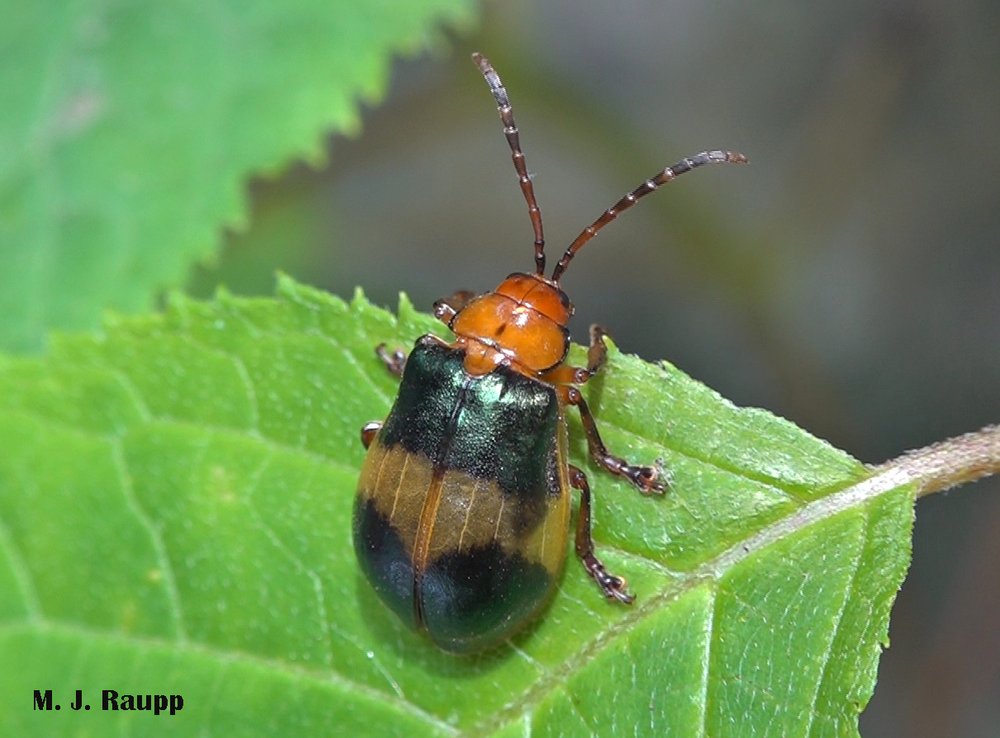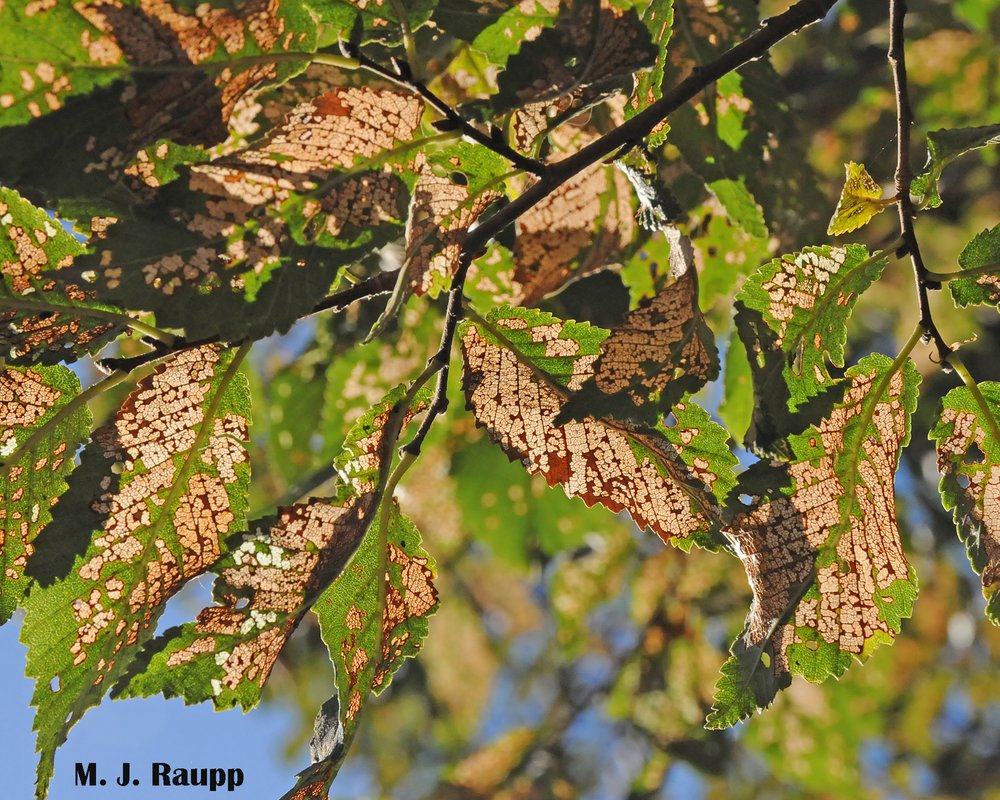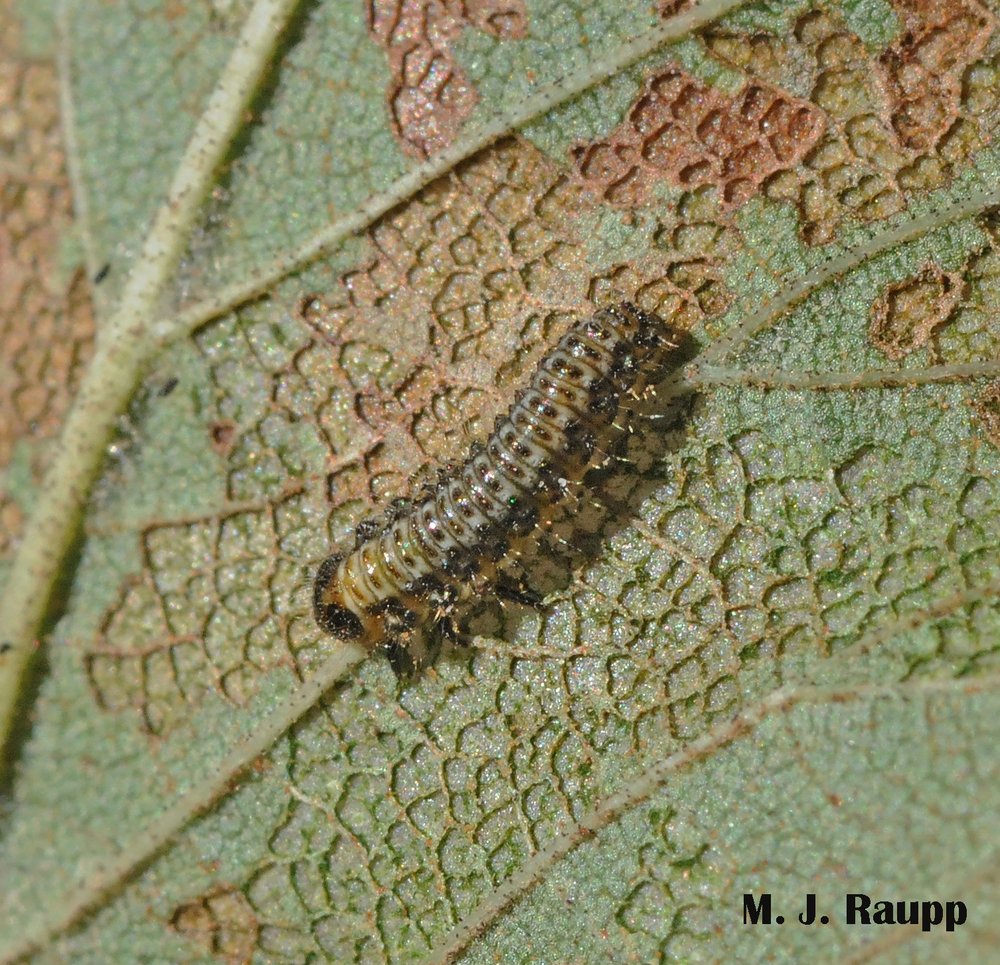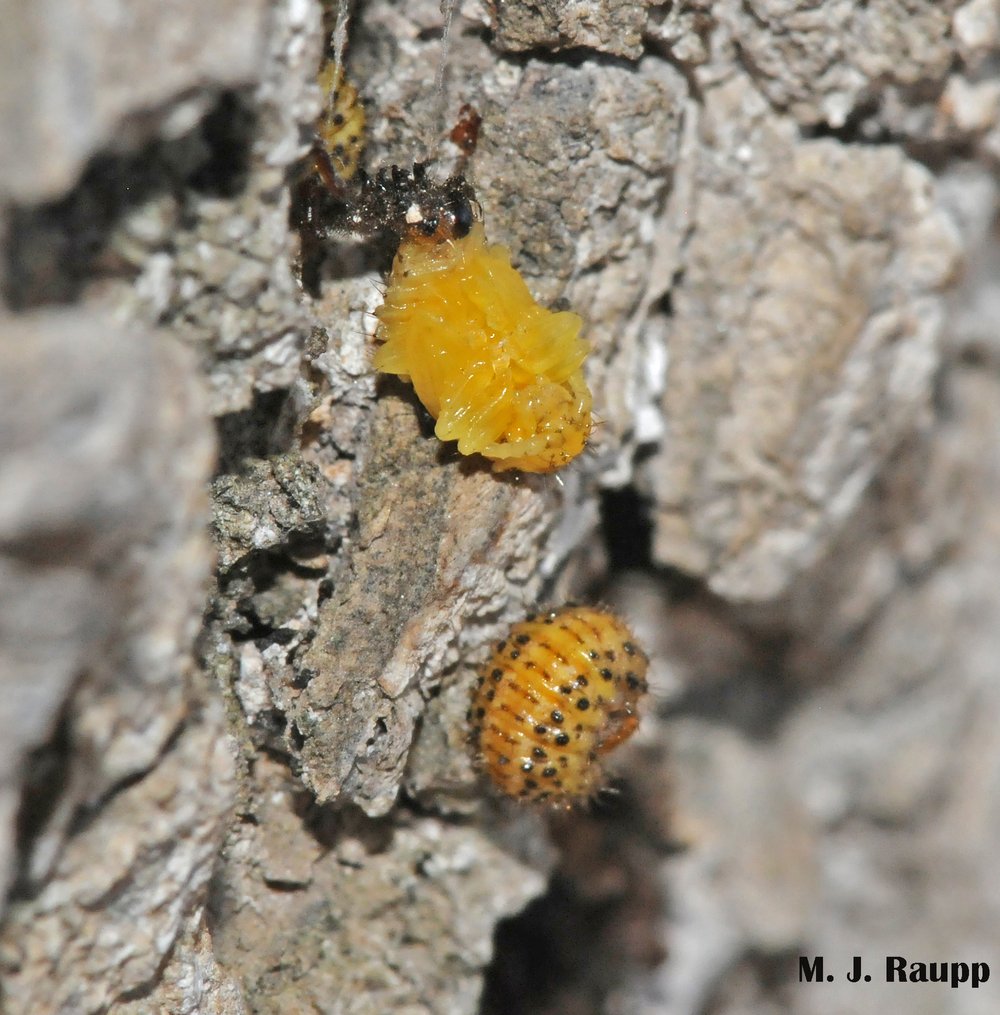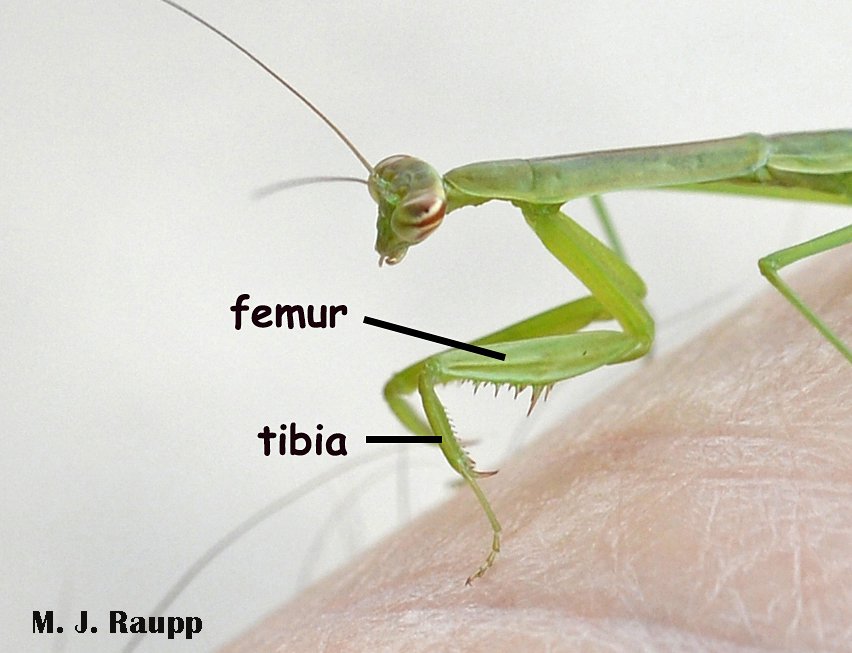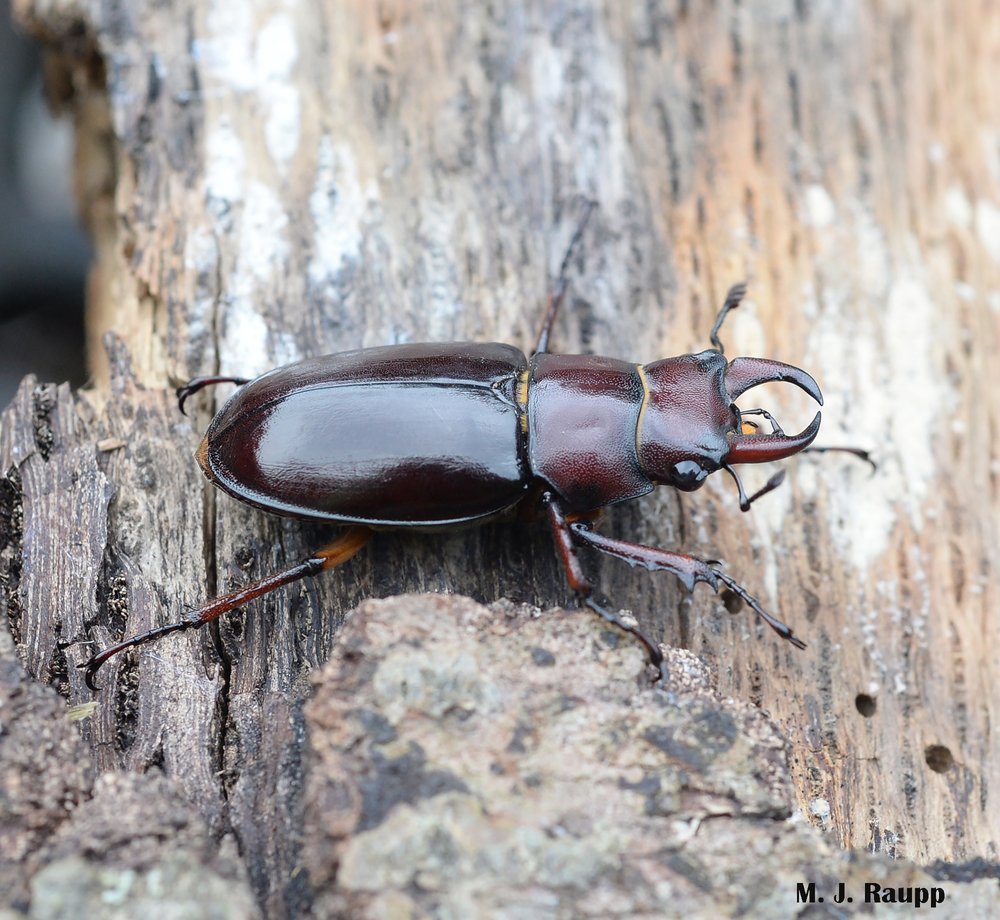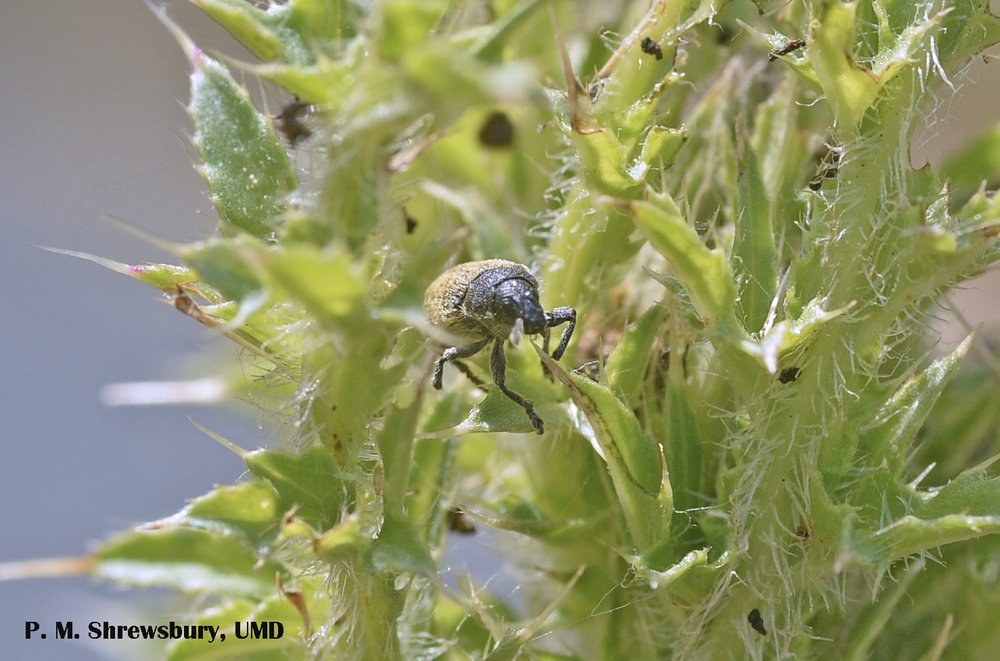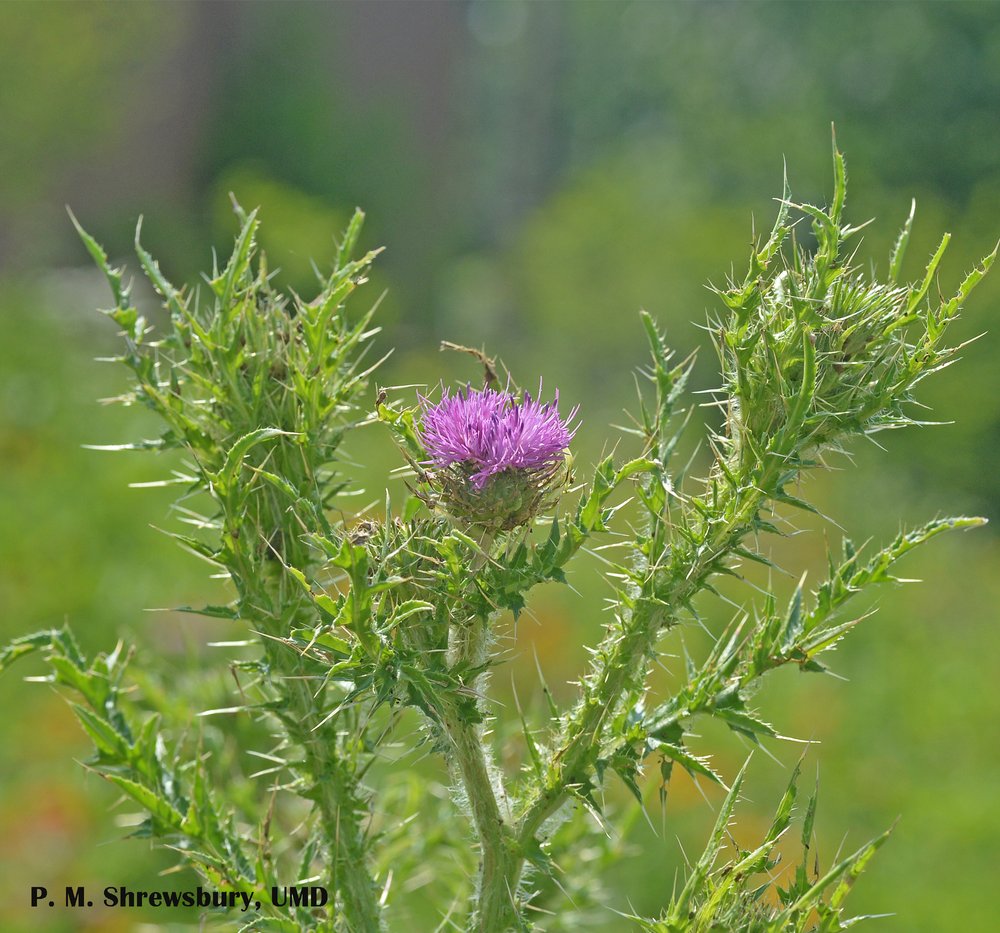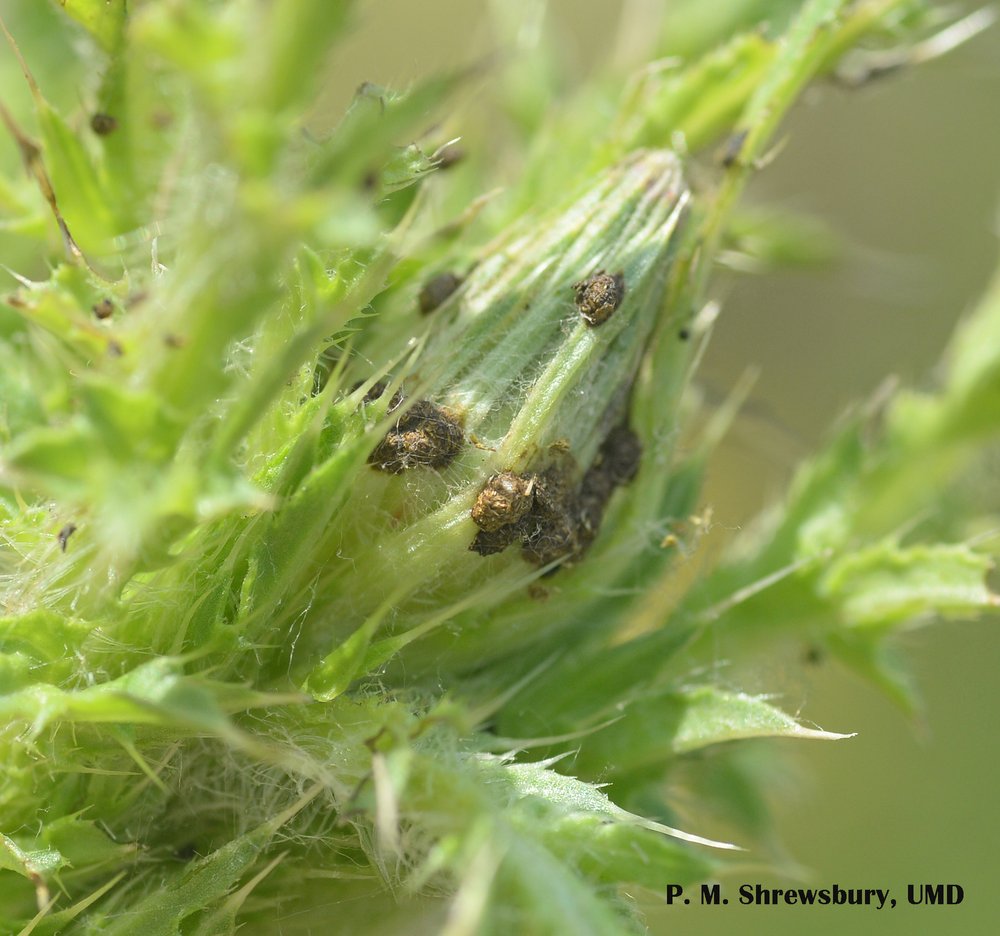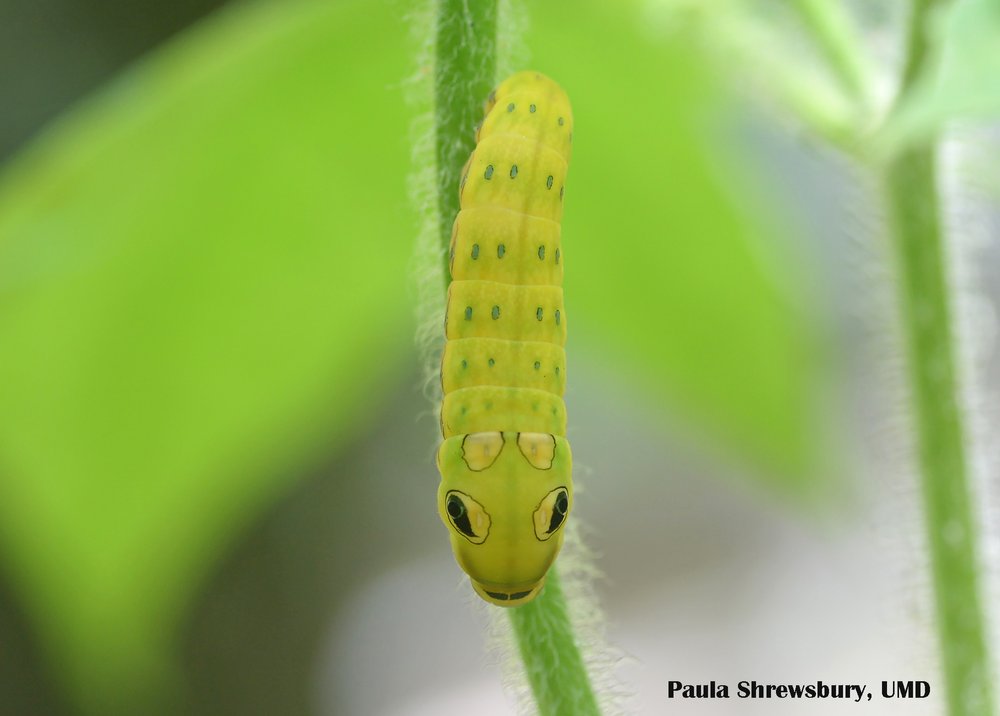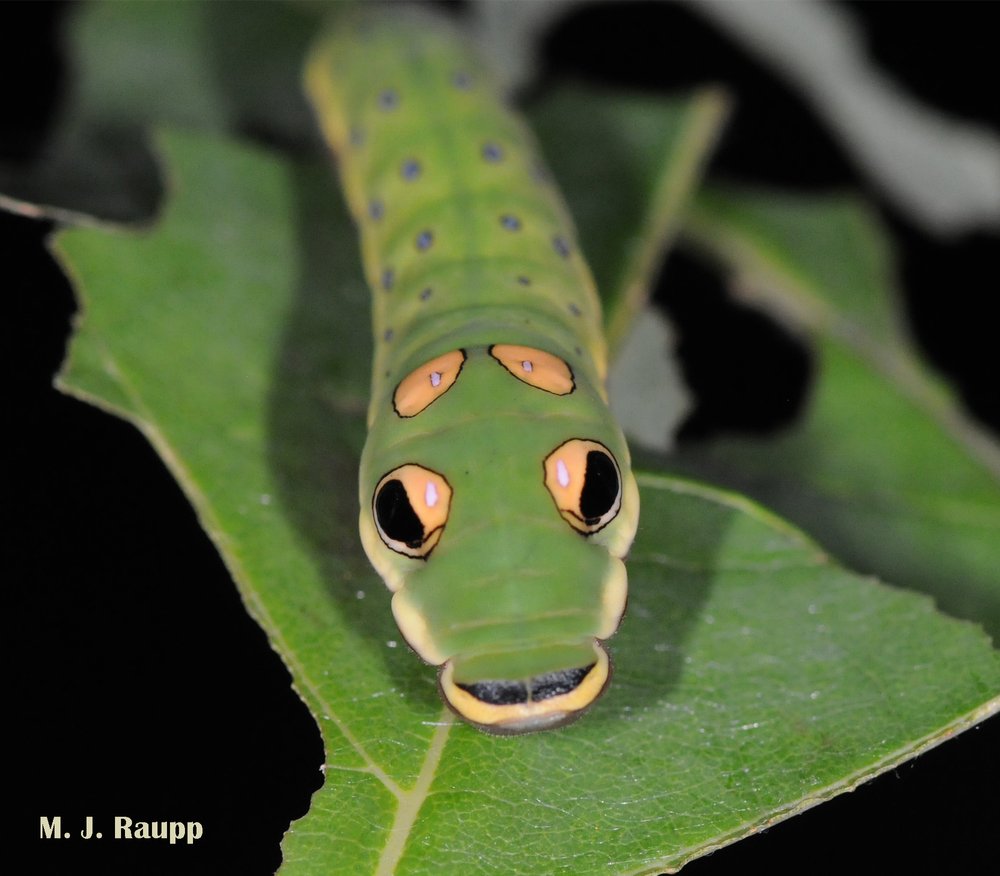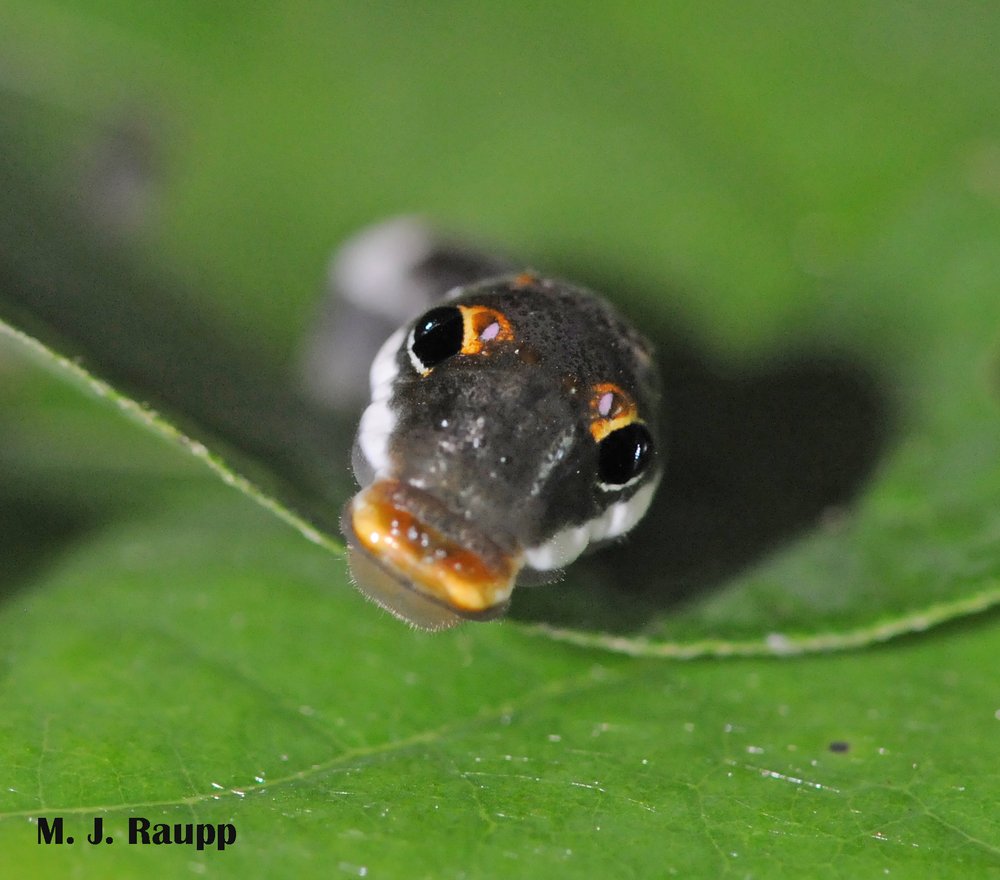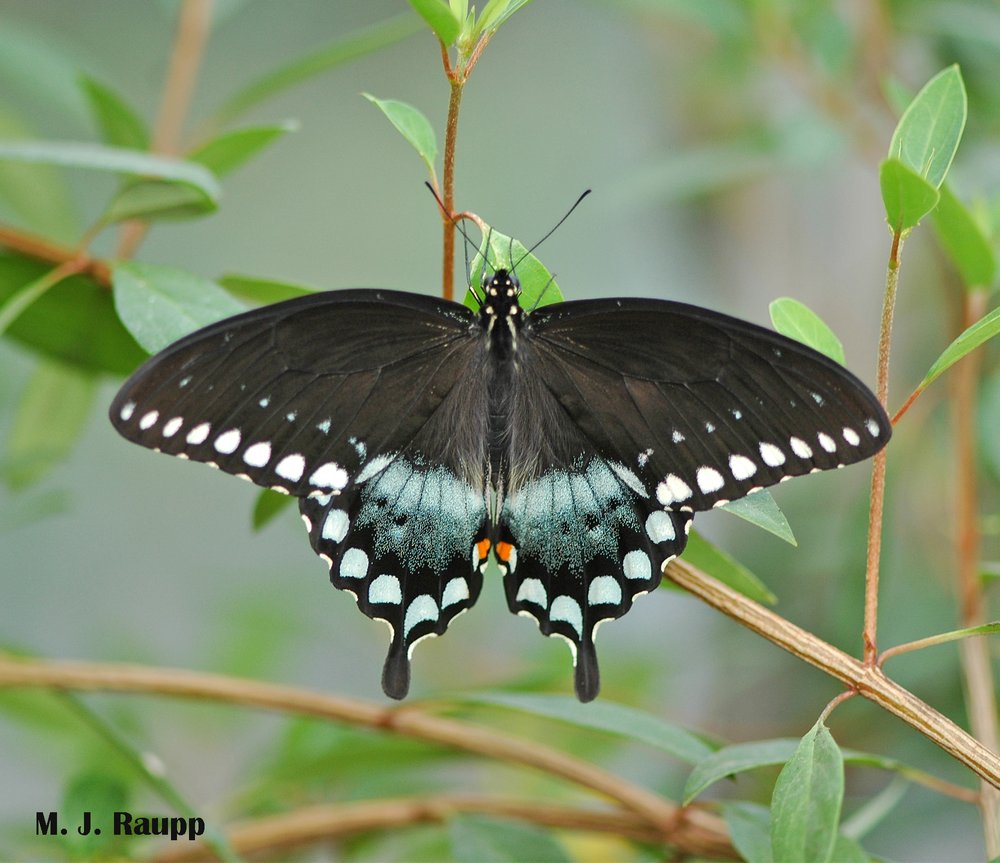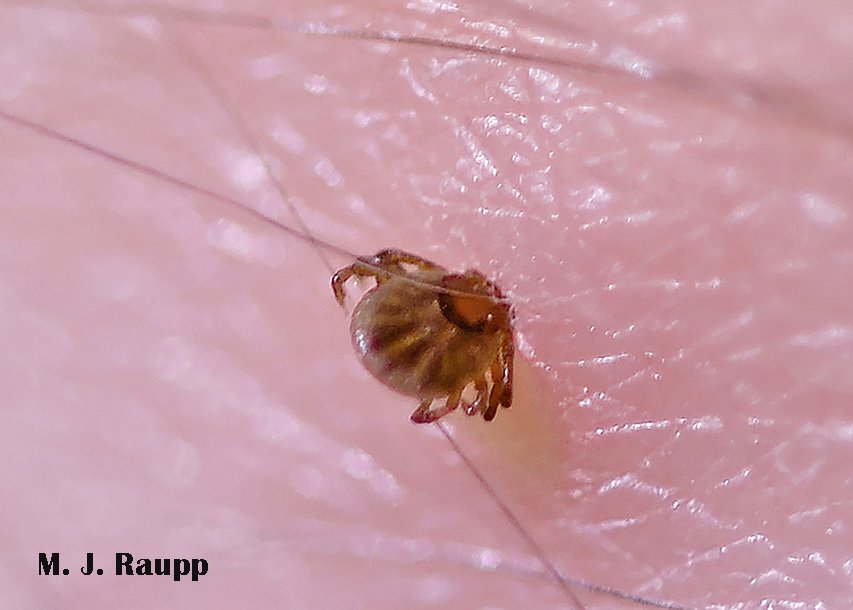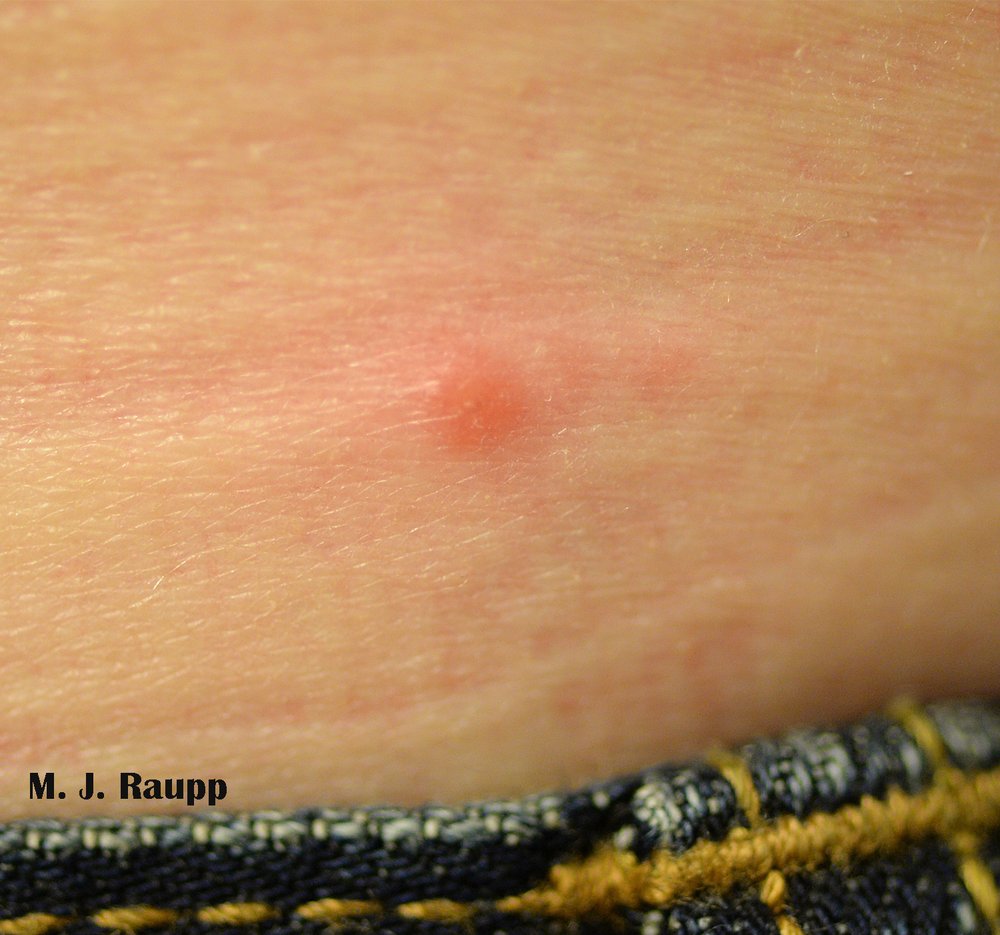Are Bats Still Endangered?
Bats around the world continue to face critical threats to their population. The International Union for the Conservation of Nature lists more than 200 species of bats across 60 countries as critically endangered, endangered, or vulnerable. Of the 40 or so species that live in the United States, more than half are declining in number or already endangered. Among the nine species that call New England home, approximately five bats are listed on state or federal endangered species lists.
Considering the essential role that bats play in maintaining the ecosystem, protecting these flying mammals is critical. Bats consume mosquitoes — eating as much as their body weight or about 1,200 mosquitoes every night, which helps keep the population of these harmful insects in check. Additionally, bats that feed on nectar and fruit help pollinate plants.
Understanding the vital roles these often misunderstood animals play is only the beginning of the fight to protect them from extinction. Knowing the right steps to take if a bat enters your home is essential if you live in an area with bats. The process starts with professional bat control and removal.
Why Are Bats Endangered?
Declining bat populations can be traced to multiple challenges. In some cases, hunting and killing bats occurs because people aren’t informed about how they keep the ecosystem healthy and rarely harm humans. Climate change and loss of habitats due to the development of wilderness areas also contribute to the problem, particularly during the winter when bats need shelter to hibernate.
Additionally, one of the biggest challenges bats face is a disease called white-nose syndrome. It affects bats all over the world and has been especially vicious here in New England. WBUR News called it a decade of “carnage,” with bat populations that were once in the thousands reduced to a dozen or fewer bats.
This fungal disease causes the animals to wake up during hibernation, making it impossible for them to survive the winter. Since white-nose syndrome was first identified in 2006, it has killed millions of bats in New England and across North America.
Endangered Species of Bats in North America
Many animal species are protected by the Endangered Species Act (ESA). This federal measure provides protection for many bats, including the Hawaiian hoary, gray, Mariana fruit, and Virginia big-eared bats. It restricts how and when bats can be removed from homes and other buildings and puts additional measures in place to aid in the conservation of bat species.
Some bats that aren’t on the federal list of endangered species may have protection under state laws and regulations. For example, in New England, the state-designated endangered bat species include the following:
- The tricolored bat has a unique look with fur on its back that is dark gray at the base, yellow-brown in the middle, and dark brown at the tips.
- The Northern long-eared bat has light brown fur that looks uniform across much of its body, except its back, which has fur that’s lighter at the tips.
- The little brown bat has glossy brown fur and a two-toned appearance on its back and light fur on its underside.
- The Eastern small-footed bat is one of the smallest species and has short, pink forearms, a black facial mask and ears, and golden fur.
- The Indiana bat has short, blunt ears, a long tail, small hind feet, and pinkish-brown fur.
What Can Be Done to Help?
Across the globe, conservation efforts are in place to find ways to help protect bats. Researchers are trying to find treatments for white-nose syndrome, and various ESA and state regulations help protect bats from harm. Additionally, many biologists, researchers, and pest control companies are working to raise awareness of the importance of these animals.
Ways that everyday people can help include getting involved in bat conservation and spreading facts to help others learn about how this wildlife species benefits the ecosystem. Other ways to get involved include:
- Turning off unnecessary lights to minimize light pollution, which can disrupt bats’ habits.
- Minimizing the use of pesticides in and around your home provides more insects for bats to eat.
- Creating bat-friendly habitats and roosting sites by leaving dying and dead trees in place if they don’t create a hazard.
- Planting a garden to attract insects, which also helps with plant pollination in addition to providing a food source for bats.
- Building and installing bat houses to provide essential roosting spots and a safe place for females to raise their young.
- Avoiding the use of poisons or trying to kill or remove bats on your own, which is illegal and inhumane.
Instead, call for professional help if bats have invaded interior spaces where it isn’t safe. The professionals at Catseye Pest Control have the experience, equipment, and knowledge to safely remove bats according to all regulations.
Professional Bat Removal and Control Services
Professional bat control is a must. Bats can only be removed at certain times of year to ensure that mothers can raise their young and preserve the population. Additionally, professionals can recommend the most effective, humane, and chemical-free options to remove and control bats from homes and buildings.
For example, residential exclusion systems provide a permanent barrier to protect vulnerable areas and prevent bats from entering the home. Commercial exclusion systems provide similar benefits for commercial structures. These systems target key areas of a building with a rigid barrier that seals the building off to keep bats, rodents, and other wildlife out.
Additionally, with programs like Catseye’s Platinum Home Protection, you can rest assured that you get the best preventive services. It covers everything from insects and rodents to nuisance wildlife like bats. Technicians remove any pests on the premises, seal off any gaps or openings, and provide monitoring and bi-monthly follow-ups for the ultimate peace of mind.
Contact Catseye Today to Learn More
If you find a bat in your house or business, the best course of action is to call the experts.
Our bat removal program encompasses multiple visits and uses several techniques to remove bats permanently without harming them. We also provide cleanup services and our exclusive Cat-Guard Exclusion Systems to deliver a safe, permanent solution.
To get started, schedule an inspection of your home, garage, business, or other structure today.
The post Are Bats Still Endangered? appeared first on Catseye Pest Control.
This article appeared first on Catseye Pest
